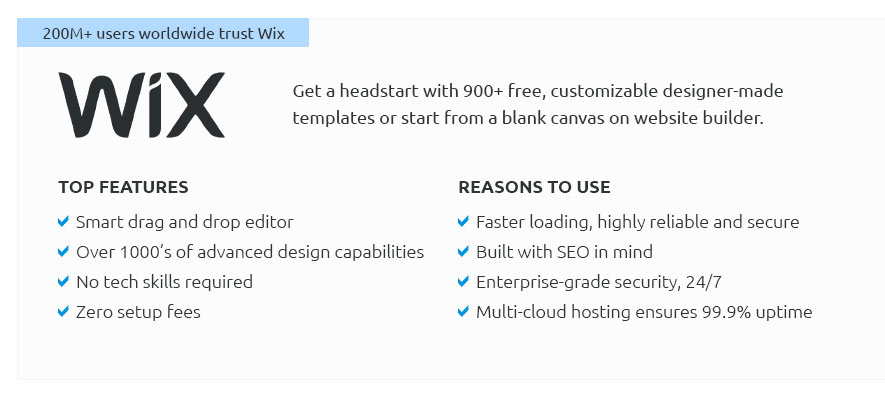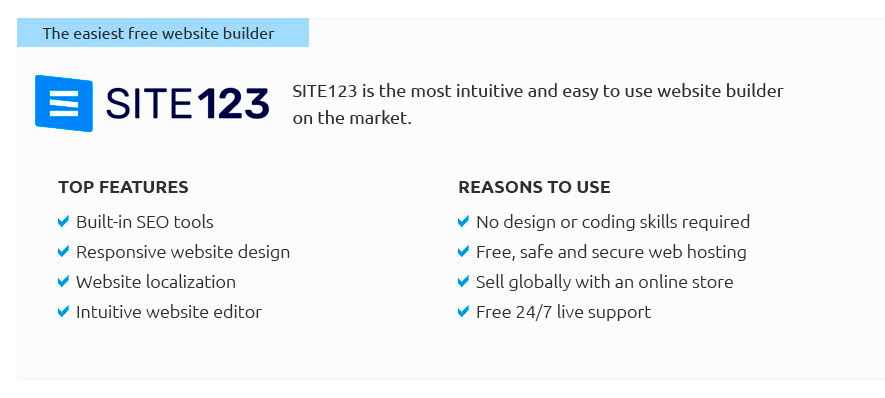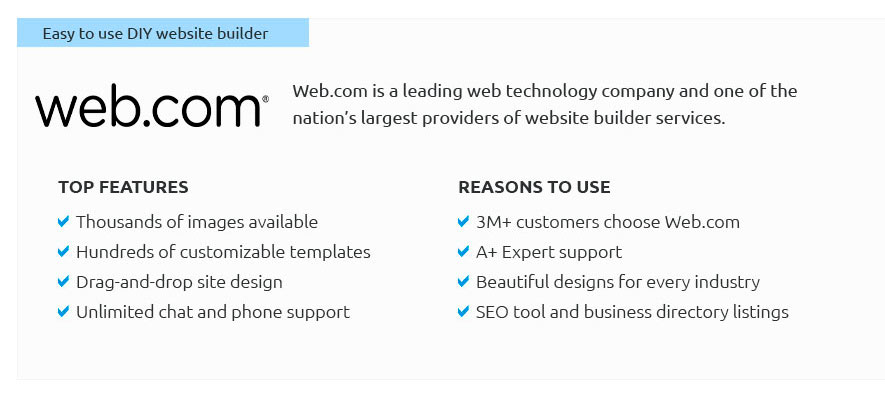 |
 |
 |
 |
|
 |
 |
 |
|
 |
|
 |
 |
|
 |
|
 |
|
 |
 |
How to Build a Web Page: A Comprehensive GuideIn the ever-evolving digital landscape, creating a web page can seem like a daunting task, yet it remains an essential skill for those wishing to establish an online presence, be it for personal projects or professional endeavors. Whether you're an aspiring developer or a seasoned designer, understanding the foundational aspects of web page creation is crucial. At its core, building a web page involves a blend of creativity and technical know-how. The first step is deciding on the purpose of your web page. Are you aiming to create a personal blog, an online portfolio, or perhaps a site for a small business? This decision will guide your design choices and the tools you employ. When it comes to choosing a platform, there are several popular options, each with its own strengths and weaknesses. WordPress, for instance, is a widely-used content management system that offers flexibility and a plethora of themes and plugins, making it ideal for both beginners and advanced users. However, its extensive features can sometimes be overwhelming for those who prefer a simpler interface. Wix and Squarespace are other notable platforms, especially for those who prioritize aesthetics and ease of use. These platforms provide intuitive drag-and-drop interfaces, allowing users to design visually appealing sites without extensive coding knowledge. However, this ease of use comes at the cost of less customization compared to WordPress, making them less ideal for highly specialized web projects. For the more technically inclined, building a web page from scratch using HTML, CSS, and JavaScript offers unparalleled control over the design and functionality. HTML serves as the backbone of your web page, allowing you to structure content with tags such as Another key consideration is the importance of responsive design, especially given the variety of devices used to access web content today. Utilizing CSS frameworks like Bootstrap can greatly simplify this process, as they offer pre-designed grid systems and components that adapt seamlessly to different screen sizes. As you embark on this journey, don't underestimate the value of learning resources available online. Platforms such as Codecademy, FreeCodeCamp, and MDN Web Docs provide comprehensive tutorials and documentation to help you navigate the intricacies of web development. In conclusion, while the process of building a web page can vary significantly depending on your goals and technical expertise, the fundamental principles remain consistent. Whether you opt for a platform that handles much of the complexity for you, or dive deep into coding, each approach offers its own unique rewards and challenges. The key is to start with a clear vision, utilize the tools that best fit your needs, and remain open to learning and adapting as the digital world continues to evolve. https://www.squarespace.com/how-to/build-a-website
Start building your brand with a unique URL. ... Share your story on your site. ... Use our built- ... https://www.weebly.com/
Build a free website that grows with your business. Get access to customizable webpage designs and useful tools to build your website and grow your ideal ... https://www.youtube.com/watch?v=DHTARyXZ7Gw&pp=ygUOI3dpeHN0ZXBieXN0ZXA%3D
START HERE: https://SantrelMedia.com/GetWix https://santrelmedia.com/canva In this tutorial, I will show you how to make a professional ...
|